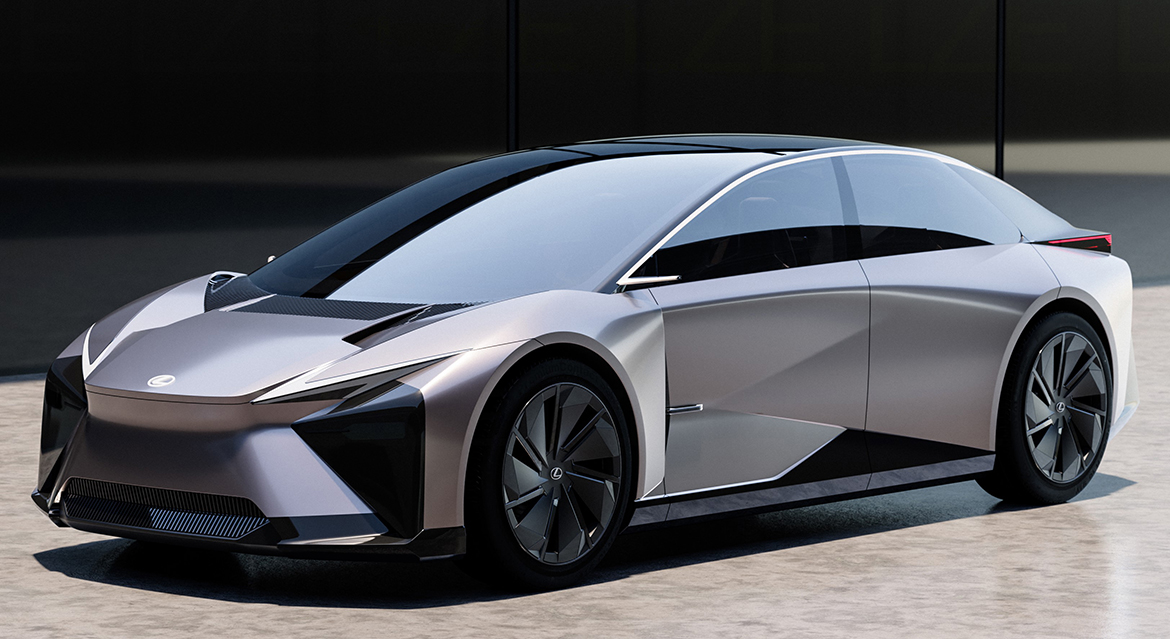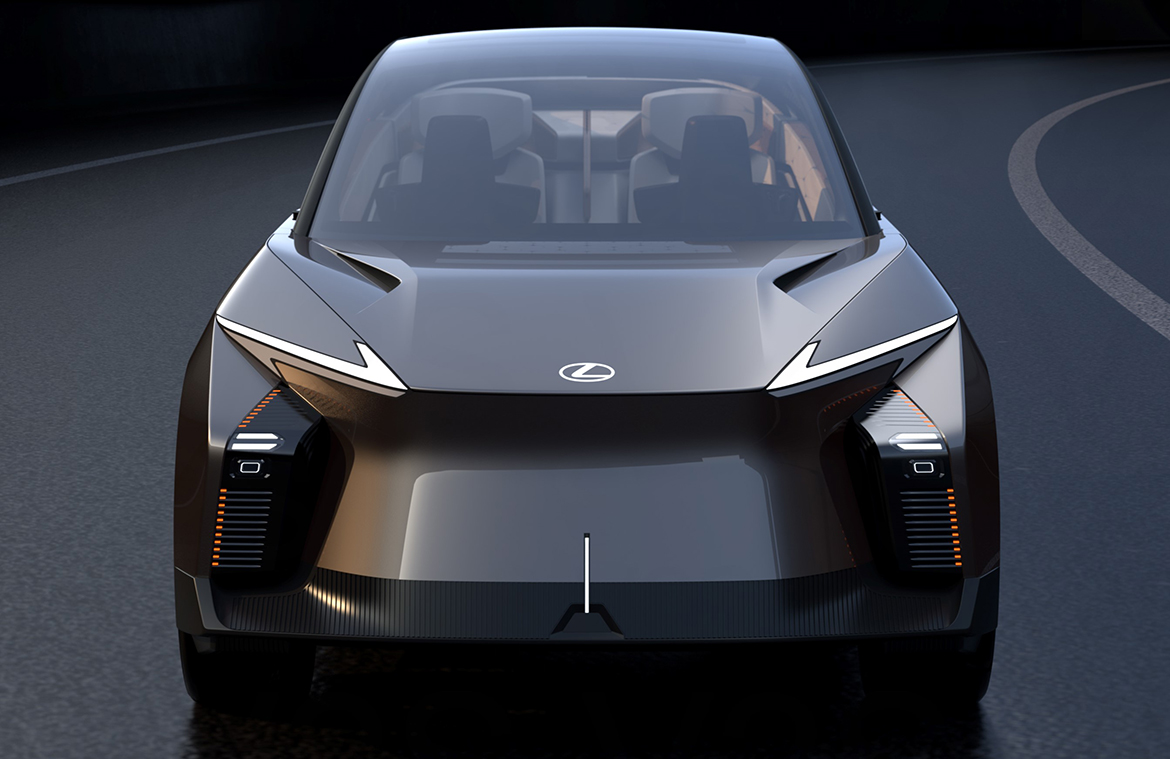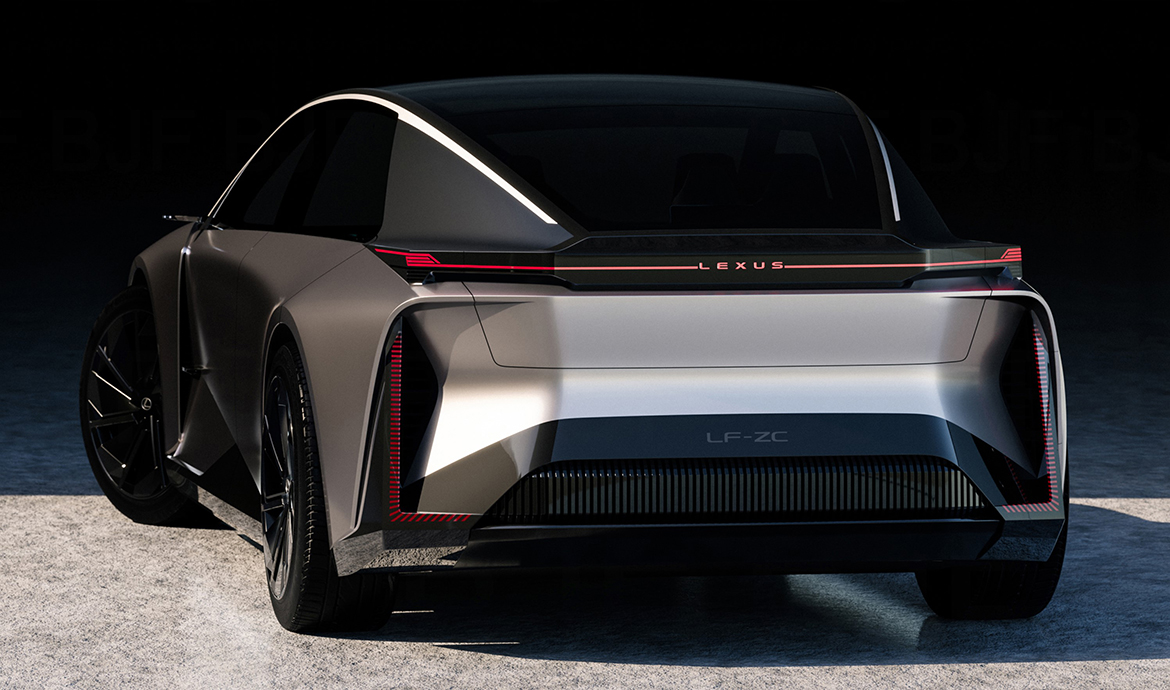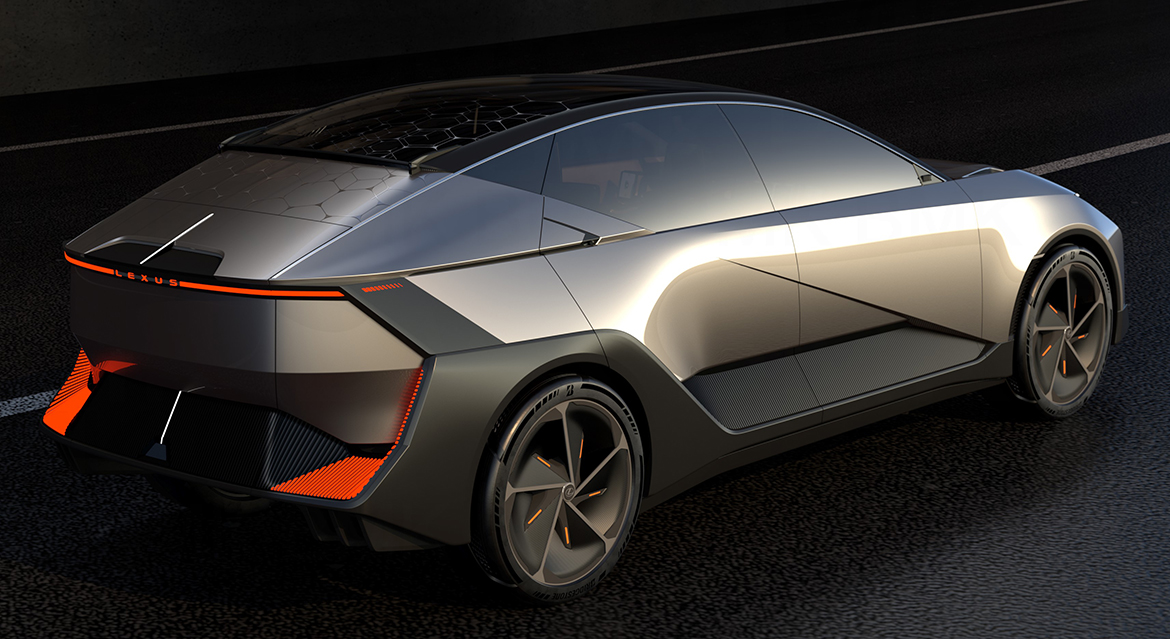Lexus unveils two new electric concept cars at the Tokyo Motor Show that explore the theme ‘Pushing the Boundaries of the Electrified Experience’, the brand offers an overview of how it will maximise the opportunities offered by electrification and new technologies to deliver new mobility experiences. On the Lexus stand are the LF-ZC, a battery electric sedan concept that anticipates a new model scheduled for production in 2026, and the LF-ZL, the brand’s vision of a battery electric SUV. The LF-ZL concept offers a glimpse of a future in which mobility, people and society can be seamlessly integrated.
The driving experience will be customised for each individual: the vehicle will take cues from the driver’s habits and make personalised suggestions for unprecedented interaction. This model is intended to help people live the life they want while contributing positively to the environment. The exterior design theme, known as ‘Provocative Simplicity’, represents an evolution of Lexus’ unique identity, focusing on a provocative presence and refined design.
By prioritising aerodynamic performance and incorporating distinctive BEV-specific features and elements, the designers sought to achieve an eye-catching, compact, low-slung shape that immediately creates a strong emotional impact. The concept shows a sleek silhouette extending from the low bonnet, through the tapered cabin towards the rear. The flared rear wheel arches are accentuated to provide a balance between aerodynamic performance and stance width. The hourglass body design extends from the front of the car and continues seamlessly along the sides of the vehicle to the rear bumper.
Functional elements have been transformed into distinctive features, with the integration of aerodynamic components such as air intakes. The result is an emotionally engaging design that offers uncompromising aerodynamic performance. Positioning the front passengers low and forward creates a sense of spaciousness in the cabin. The completely flat floor and panoramic roof add to the spaciousness, resulting in an unexpectedly open interior design. Functions that were previously distributed over a large area of the cabin have been concentrated on digital pads within easy reach of the driver. Operational functions such as the gearbox, safety and driver assistance systems (ADAS) and driving mode selection are now located on a digital pad at the driver’s fingertips.













